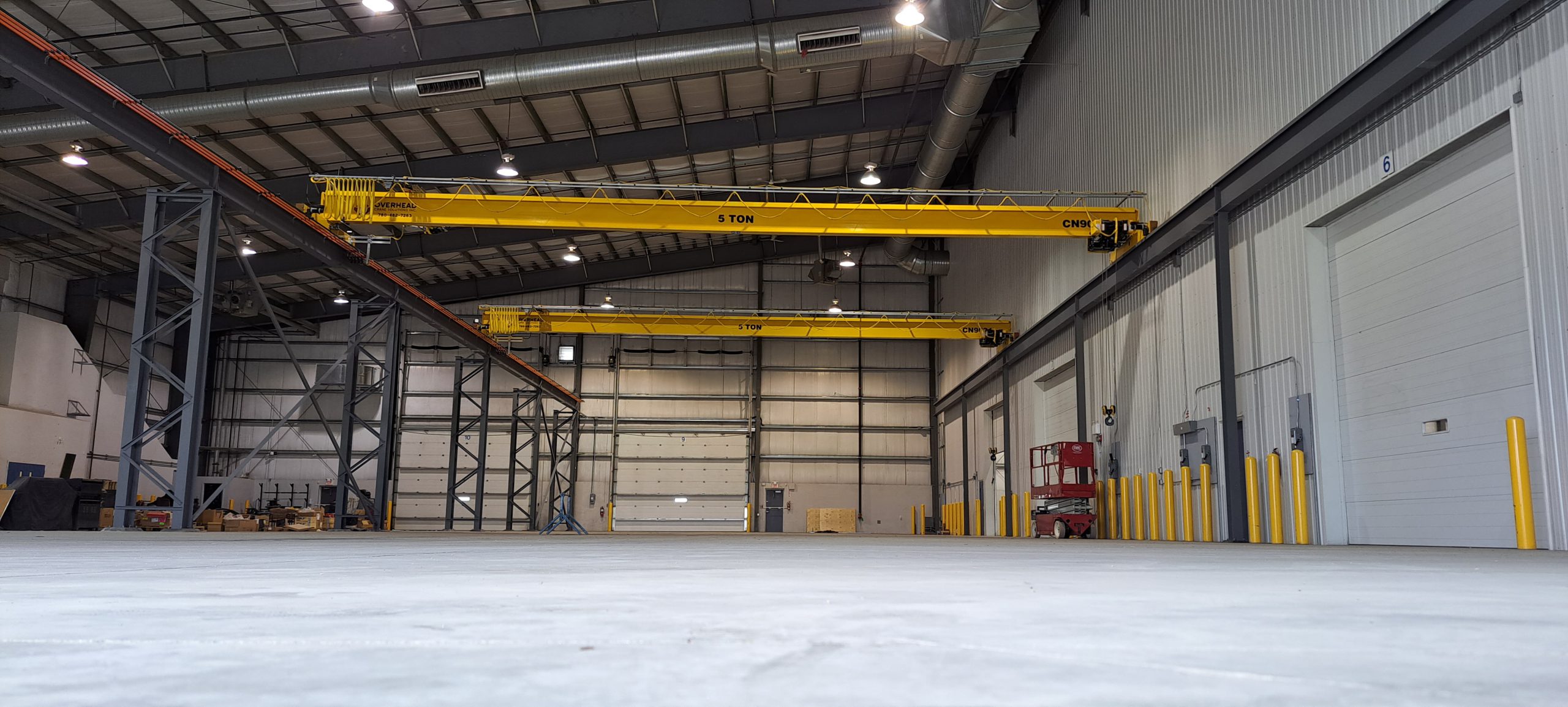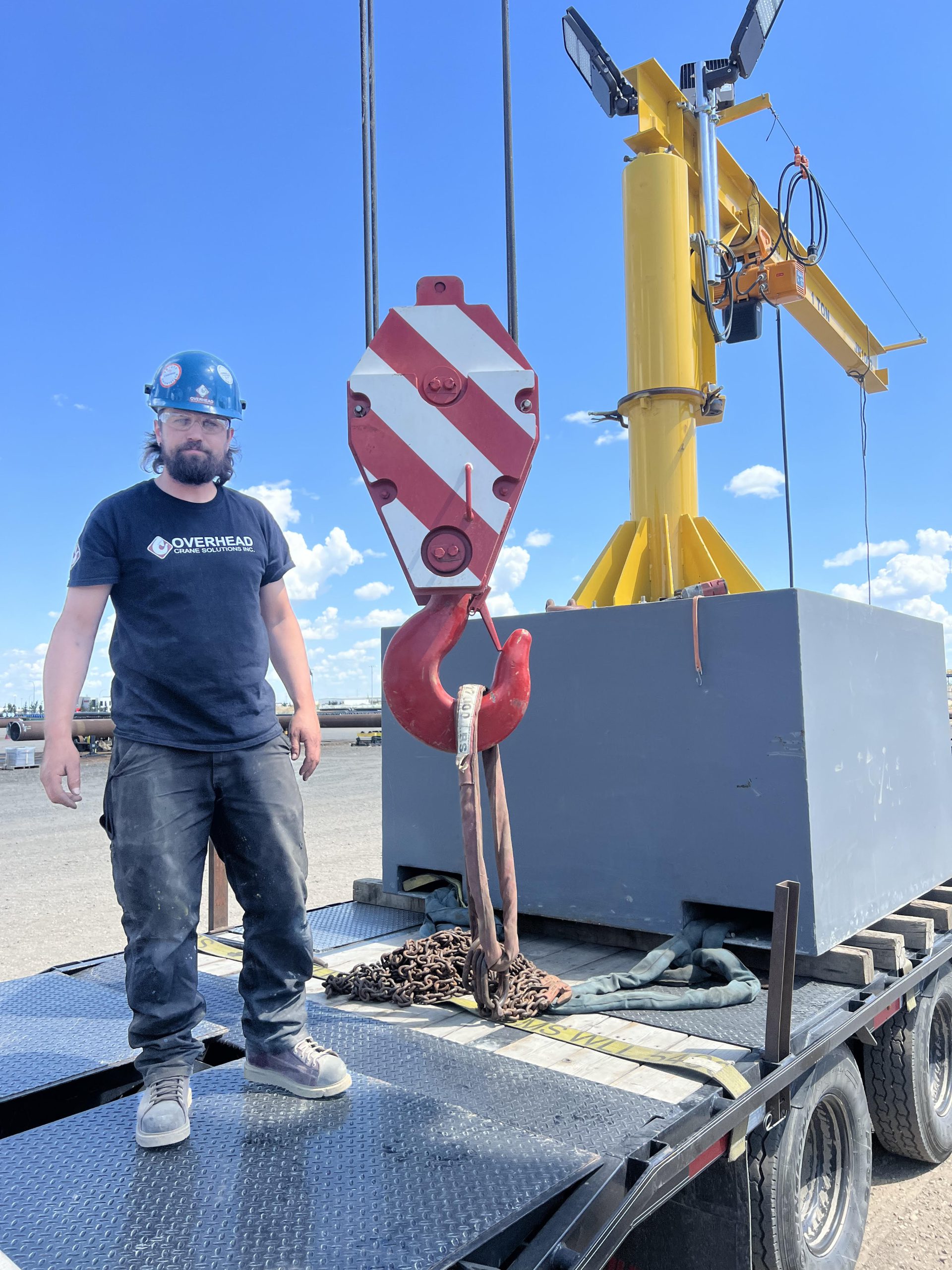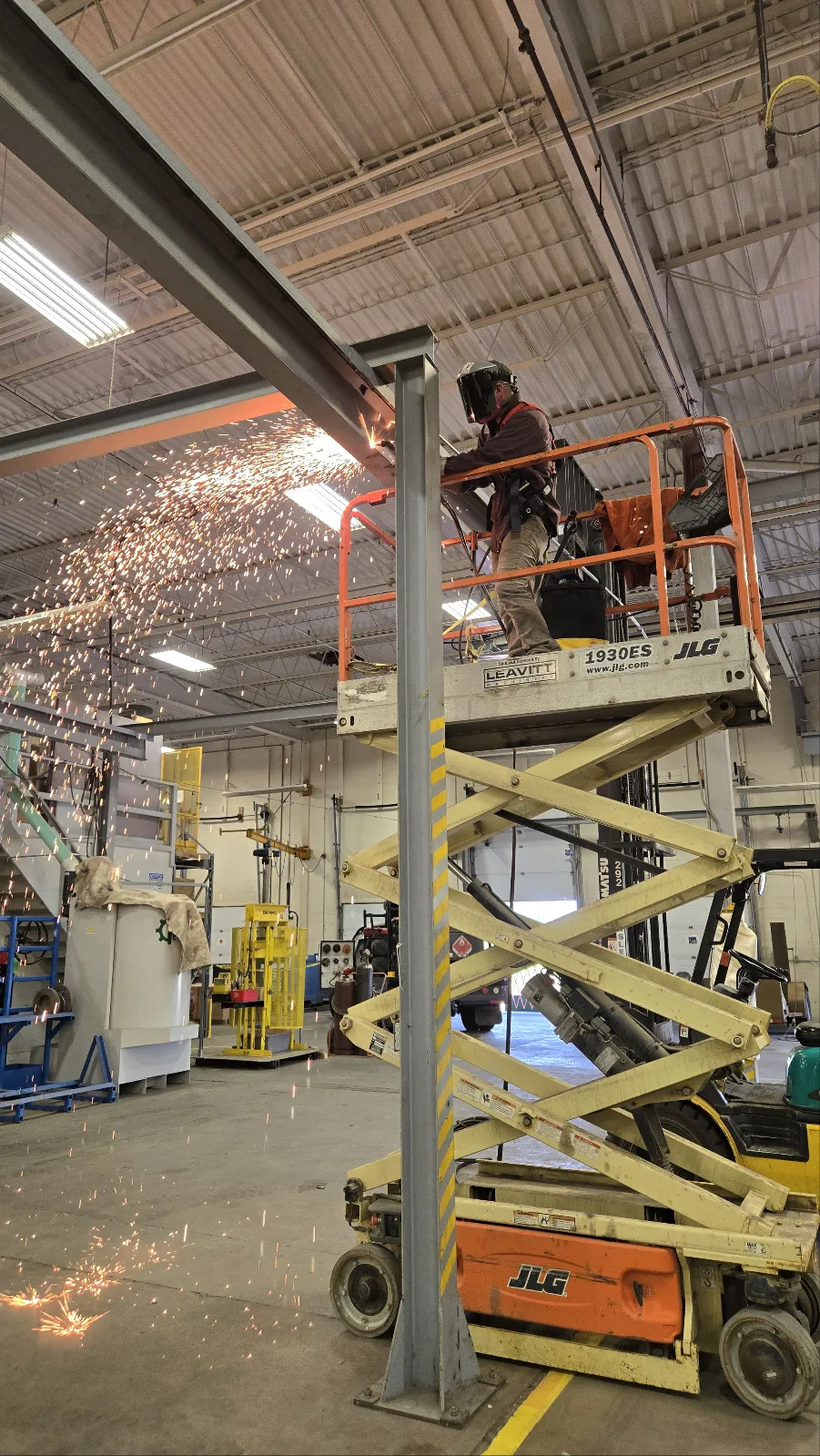Pre-Lift Safety Checklist
- Training and Certification:
- Ensure you have the necessary training, qualifications, or certification to operate the crane as required by local regulations.
- Crane Suitability:
- Verify that the crane is suitable for lifting and traveling the load. This includes checking the crane’s capacity, reach, and condition.
- Job Site Preparation:
- Plan and lay out the job site properly. Ensure there’s adequate room for emergency vehicles if needed. Avoid working near overhead power lines and other hazards.
- Ground Conditions:
- Check that ground conditions are stable and capable of supporting the crane and load. This includes assessing the terrain and ensuring it is firm and level.
- Crane Inspection:
- Perform a visual inspection of the crane before use. Look for any visible damage, wear, or maintenance issues.
- Load Preparation:
- Ensure that all loose materials, parts, blocking, and packing have been removed from the load before lifting.
- Sling and Rope Checks:
- Remove any slack from the sling and hoisting ropes before lifting. Ensure that the lifting device is properly seated in the hook’s saddle.
- Load Capacity Verification:
- Confirm that the load does not exceed the crane’s maximum load capacity.
Safe Load Movement Procedures
- Smooth Controls:
- Operate crane controls smoothly to avoid abrupt or jerky movements that could destabilize the load.
- Signal Communication:
- Follow signals only from one designated slinger. Use agreed-upon signals and communicate clearly with all involved.
- Safety Alerts:
- Ensure everyone is clear of the load before hoisting. Use bells, sirens, or other warning devices and start lifting slowly.
- Equipment Condition:
- Verify that all slings, hooks, and hardware are in good working order and appropriate for the load. Check that sling angles are correct.
- Obstruction Awareness:
- Make sure nothing is linked or caught on the load and that nothing obstructs the load’s movement.
- Brake System Check:
- Lift the load slightly to confirm the braking system is functioning properly before proceeding with the full lift.
- Load Control:
- Keep the load controlled while lowering. If the braking system fails, lower the load by reversing the hoist controller as needed.
- Proper Load Placement:
- Set the load on blocking or a stable surface, not directly on the sling.
- Wire Rope Care:
- Avoid lowering the load below a level that leaves less than two full wraps of wire rope on the drum.
- Power Failure Protocol:
- In case of a power failure, remain in the crane cab, place controls in the “off” position, attract attention, and wait for assistance.
Post-Operation Procedures
- Remove Load:
- Ensure that the load is removed from the crane hooks before leaving the crane.
- Hook Positioning:
- Raise all hooks to a mid-position to avoid accidental contact or damage.
- Crane Spotting:
- Position the crane at a designated location as per safety protocols.
- Controller Settings:
- Before turning off the main switch, confirm that all controllers are in the “off” position.
What to Avoid When Operating an Overhead Crane
- Hand Carrying Items:
- Do not carry items in your hands while climbing ladders. Use ropes or other methods to transport items too large for pockets or belts.
- Defective Equipment:
- Avoid operating a crane if limit switches are malfunctioning or if cables are defective.
- Wire Rope Management:
- Do not lower blocks to a level where fewer than two full wraps of cable remain on the drum.
- Overloading:
- Never attempt lifts that exceed the crane’s rated load capacity or the capacity of slings.
- Load Centering:
- Always center the crane directly over the load before hoisting to prevent swinging.
- Rider Safety:
- Do not allow anyone to ride on the load or hooks.
- Sling Management:
- Avoid leaving slings dangling from the load hook. Place sling hooks on the sling ring when transporting slings.
- Height Management:
- Do not raise loads higher than necessary to clear objects.
- Avoiding Workers:
- Never move or pass a load over workers.
- Motor Operation:
- Do not reverse a motor until it has come to a full stop, except to avoid accidents.
- Crane Runway Safety:
- Do not walk on the crane runway.
- Unattended Loads:
- Do not leave suspended loads unattended.
By adhering to these guidelines, operators can enhance safety, efficiency, and reliability in crane operations, ensuring a safer working environment and reducing the risk of accidents and equipment damage.








